Kochi has always been ahead of its time. The southernmost prefecture of Shikoku Island has long been a favorite travel destination for locals, dating back to the Edo Period when pilgrims making the 88 Temple Pilgrimage would detour to enjoy the beaches and aquamarine waters of Tatsukushi. The nature-abundant region is also known for being home to two key historical figures who supported Japan’s modernization: Ryoma Sakamoto and John Manjiro. The latter was one of the first Japanese persons to visit the United States, becoming an important advisor when Japan began opening up to the west. Ryoma Sakamoto was a legendary samurai who helped found the modern state at a time when the feudal governments of Japan were failing the people. Kochi’s progressive history has contributed to the people being warm and welcoming to visitors from all countries and walks of life.
Mountainous forests and coastal towns dominate most of the prefecture, where visitors will find enterprising locals and nature guides working to revitalize their communities. Shikoku’s winding roads are best explored by car—or if you’re traveling over several days, a camper van—from Kochi Ryoma Airport or Kochi City. Kochi has a number of campsites, michi-no-eki (roadside rest areas) and convenience stores (even in the most remote locations), which makes road tripping easy.
Niyodo River
The Niyodo River is a good first stop as it is a 100-minute drive inland from Kochi City. The phrase “Niyodo blue” has been bandied about by locals for decades as this iridescent river boasts the clearest water in all of Kochi, and is one of the purest rivers in Japan. The river runs through Nakatsu Gorge, a popular hiking and camping spot for its lava-formed boulders and cascading waterfalls. There is an easy two-kilometer trail along the river ending at the 20-meter Uryu Falls.
Canyoning with Niyodo Adventure
Niyodo River’s first canyoning company, Niyodo Adventure, opened in early 2020, led by a dynamic husband-and-wife team, Hiro and Zoe Kanzawa. The English-guided tour takes around two-and-a-half hours in the Nakatsu Gorge, with plenty of opportunities to jump into pools, slide down natural water chutes and abseil down cliffs. The grand finale involves swimming into a cave and out through a waterfall. The course is great for beginners, but has some challenging and fun aspects for canyoning enthusiasts.
As there are no other canyoning companies here, chances are you’ll have the gorge all to yourself. If you’re feeling scared halfway, they are happy to provide alternative routes. There’s also a family canyoning option for children six and up. Canyoning tours run from April to October and peak season is in August. Tours may be cancelled during the rainy season in June and July.
Pack rafting tours are also available further downstream from April to October. It is gentle enough that inexperienced paddlers can safely learn in grade two rapids, but thrilling enough to get your adrenaline pumping.
Lunch at Tea Cafe Asunaro
On your way to or from canyoning, stop by Tea Cafe Asunaro for lunch, dessert, tea, or all three. This cafe and restaurant overlooks the Niyodo River and is run by Noriaki Kishimoto, a local tea farmer who wanted to expand Sawatari, the family tea business, by bringing green tea to life through an assortment of dishes. All dishes use the Sawatari local green tea. Dine on the terrace with some fresh green tea udon and enjoy the river and valley views, or grab some takeout green tea waffles for a snack for the road. The restaurant is open from 10 a.m. to 4 p.m. and closed on Thursdays.
Soak in Yunomori Onsen
Rest tired muscles from canyoning or driving at this picturesque, riverside onsen inn. Yunomori Onsen’s large indoor and outdoor onsen baths are said to ease chronic skin diseases, chronic women’s diseases, cuts, diabetes, nerve pain, and muscle soreness. Stay overnight in a Japanese-style room or cottage built using local wood while taking in the views of the valley. Daytrippers can enjoy the baths from 11 a.m. to 9 p.m.
Shimanto River
The Shimanto River in western Kochi is known as one of the clearest rivers in Japan. The 196-kilometer river starts in the mountains and empties into the Pacific Ocean, and has sustained the livelihood of the locals for centuries. Along the river, there are a number of chinkabashi bridges. These bridges are designed without side rails to be submersible and reduce the risk of the bridge being washed away in a flood. There are 22 chinkabashi crossing the main river, and while many are modern, there remain a few built in the old style. The longest bridge is the Sada Chinkabashi, closest to the mouth of the river.
Cycling the Shimanto River
Starting at Nakamura Station in central Shimanto City, rent a bicycle at the adjacent Shimanto Rin-Rin Cycle inside the tourist information center. There are eight bike drop-off terminals along the 40-kilometer trail between Nakamura Station and Ekawasaki Station and the cycling path remains relatively flat as it winds through tea fields and riverside trails. As the chinkabashi bridges have no rails, be sure to walk your bike safely across the bridge. Other ways to enjoy the river within the area are yakatabune (river boats) and kayaking. A breezy 195-meter zipline across the river was also installed in June 2020.
Local Eats
Kochi offers fresh seafood and vegetables year round thanks to its mild climate and long Pacific Ocean coastline. While cycling along the Shimanto River, step into Shaenjiri, a cafeteria-style restaurant at the entrance of Kuroson Gorge for dishes using local Shimanto vegetables, fish and meat. Shaenjiri means “vegetable garden” in the local dialect. The food tastes healthy and brings a sense of comfort as it is prepared by local obaachans (older ladies) and is well visited by locals and visitors alike. The restaurant is open from 11:30 a.m. to 2 p.m. and closed on Wednesdays. Shaenjiri is also one of the Shimanto Rin-Rin Cycle bike drop off stations.
Back in Shimanto City, the lively Aji Gekijo Chika is a three-floor izakaya (traditional pub-restaurant) with the second floor “balcony” seating overlooking the open kitchen. This windowless restaurant was designed to look like a gekijo (theater). To supply dishes to customers on the second floor, a tray on a pulley is deftly hauled up and down. Local delicacy katsuo-no-tataki (seared bonito) topped with onions and garlic is a must try here. English menu available. Open from 5 p.m. to 10:30 p.m. and closed on Mondays.
Camping Along the River
Drive 20 minutes from Shimanto City to the mouth of the river for a good night’s rest at Yamamizuki, a campsite with glamping, auto camping and tent sites. There is a public rotenburo (outdoor bath) and two private indoor baths which you can reserve at check in. The check-in lobby is in a treehouse-like building overlooking the Shimanto River and the Pacific Ocean—a great spot for sunrise yoga. Up the coast are several popular surf spots including Futami and Hirano beaches. Irino Beach is another surf spot that is also called an “outdoor museum” where an annual T-shirt art exhibition is held on the beach.
If you’re on a budget, the Shimanto River Camping Ground located in Shimanto City is a free campsite located along the Shimanto River. You can pitch your tent or park your camper van here. Free bathrooms available.
Ashizuri-Uwakai National Park
Clear, azure waters with colorful coral and marine life, isolated beaches and dramatic cliffs characterize Ashizuri-Uwakai National Park. The coastal national park spans the southwestern side of Shikoku and includes parts of Kochi and Ehime prefectures. The subtropical waters make it a breeding ground for colorful marine life and also attracts whales, dolphins and sea turtles. Cape Ashizuri at Shikoku’s southernmost point is also a stop on the 88 Temple Pilgrimage so it’s common to sight modern-day pilgrims walking along this area with their conical hats and walking sticks.
Discover Tatsukushi Bay
Tatsukushi, in southwestern Kochi, offers a little bit for everyone. There are rocky shores making it ideal for divers and snorkelers, as well as a sandy beach for swimmers. Snow Peak Tosashimizu Camp Field is set up on the right side facing the ocean. From there, you can walk the short coastal trail to Ashizuri Underwater Observation Tower. This peculiar-shaped tower is actually built seven meters underwater, so visitors can go down a flight of stairs to see fish and even sea turtles and stingrays when the waters are calm.
Back on shore, the Kochi Prefectural Ashizuri Aquarium, which opened in July 2020, is Kochi’s largest aquarium and home to more than 350 marine species including the region’s famously colorful sea slugs. The aquarium and the adjacent visitor center are alternative activities for those relaxing days or when the weather is poor.
Continue along the coastal trail to see Minokoshi Coast’s sandstone and mudstone rocks that have taken on an otherworldly shape due to years of erosion. The rocks are said to look like bamboo from a certain angle. Another way to enjoy this trail is to take the glass-bottomed boat departing from the port next to Snow Peak Tosashimizu Camp Field.
Ride an ATV to Kashiwa Island
Learn how to ride an ATV buggy with Lagoon Racing. If you have a Japanese or international drivers’ license, hop on a buggy to explore the western coast of Kochi. The guided tour starts off with 40-minutes of practice before heading out on the main road. Kashiwa Island is a popular destination as it has some of Japan’s clearest waters and is home to more than 1,000 types of fish. It is easily accessible via the bridge connecting it to Shikoku’s mainland.
The lesser known Kashinishi Beach also features snorkeling spots around the uninhabited Benten Island, which you can walk to during low tide. The tours are guided in minimal English and run year round.
Getting There
The easiest way to get to Kochi is by flying into Kochi Ryoma Airport. There are several car or camping car rental companies like Camping Car Life, Kochi Kurumatabi and Shimanto Rental Car. There is also a Kochi Airport Limousine Bus that brings you directly into central Kochi City. For more information, visit Kochi’s official website.





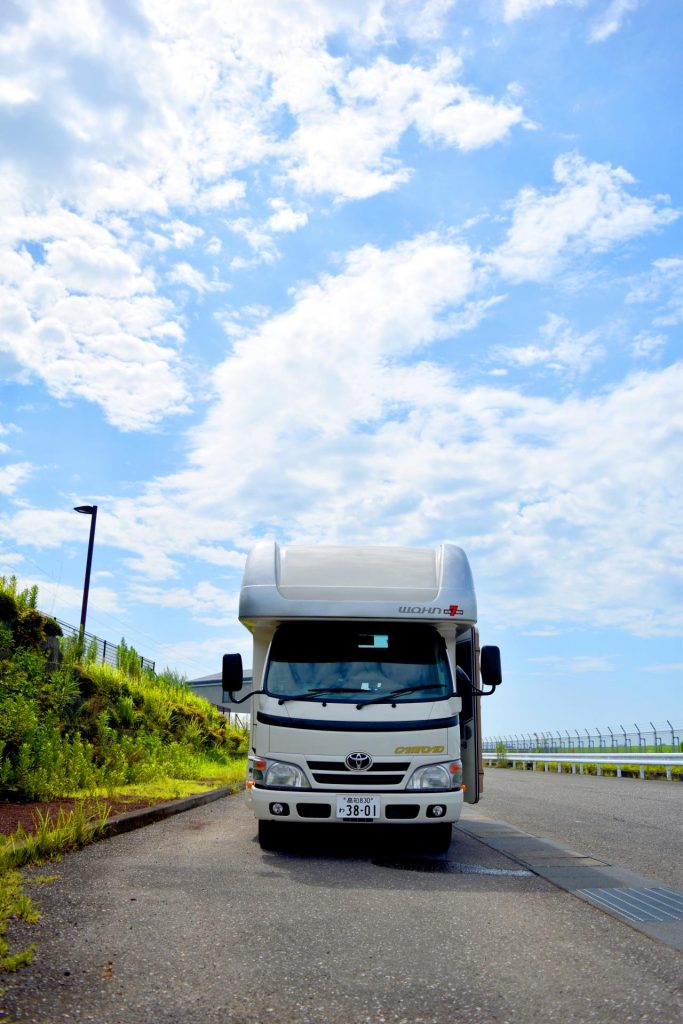
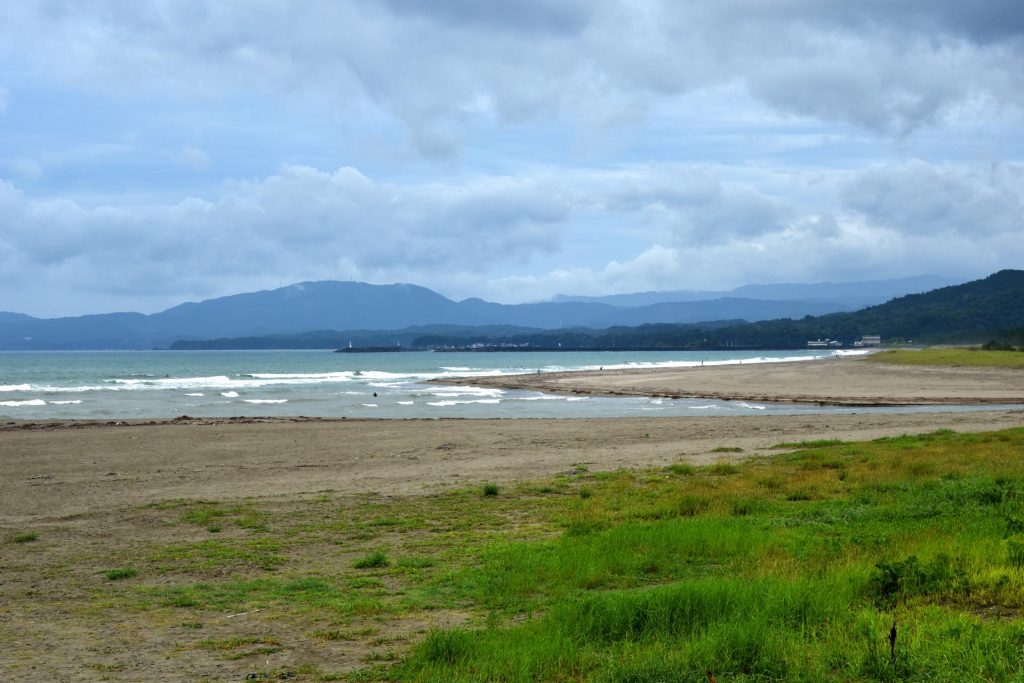
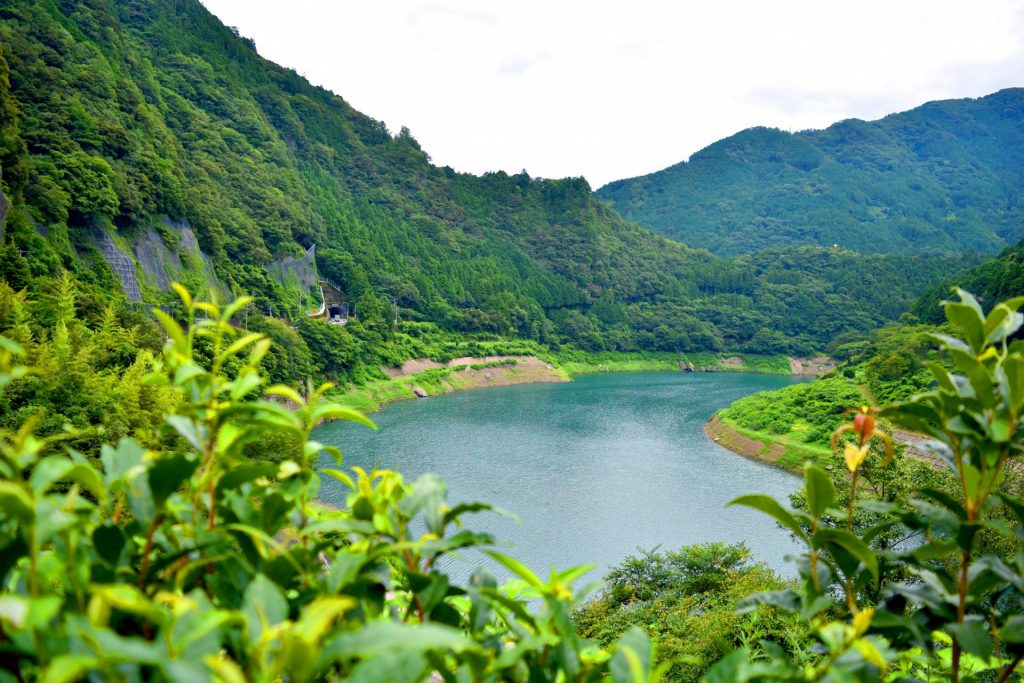
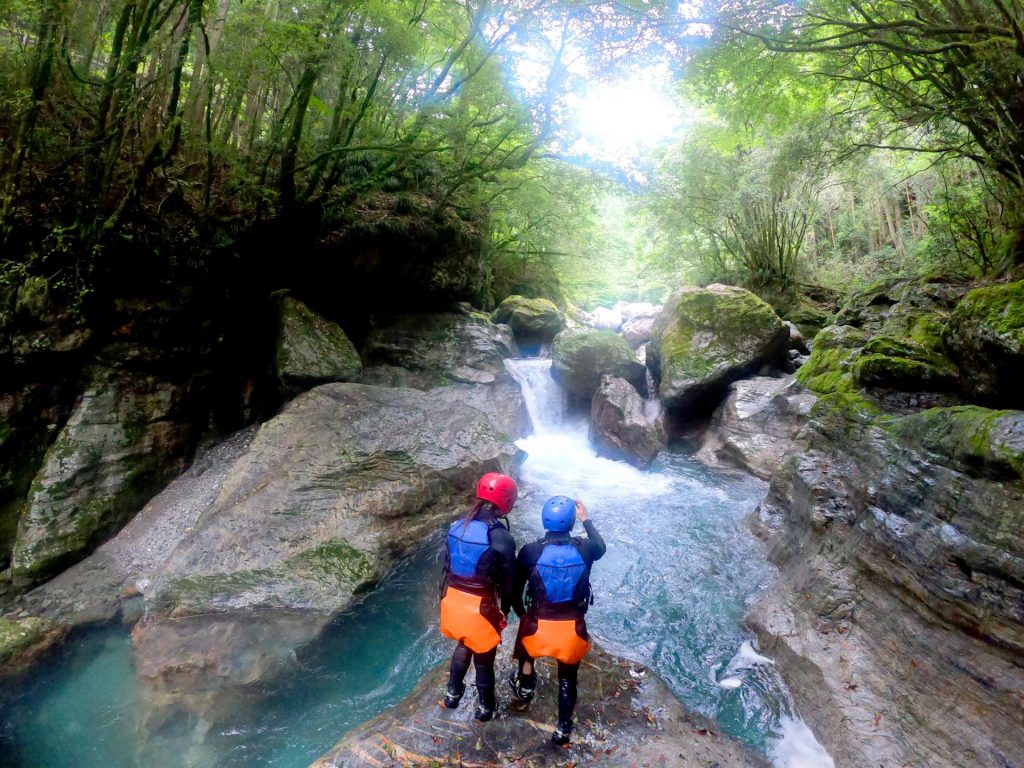
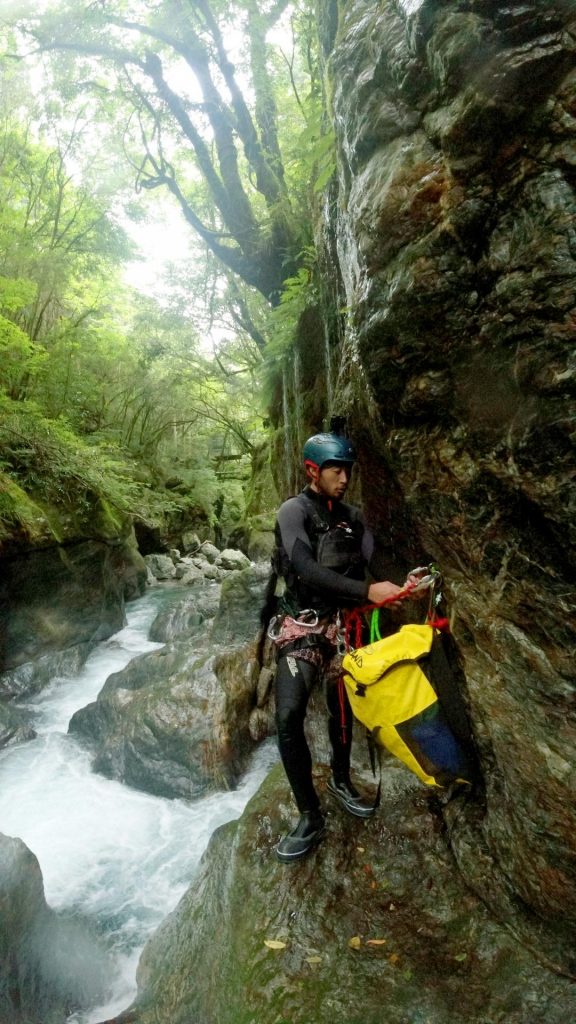
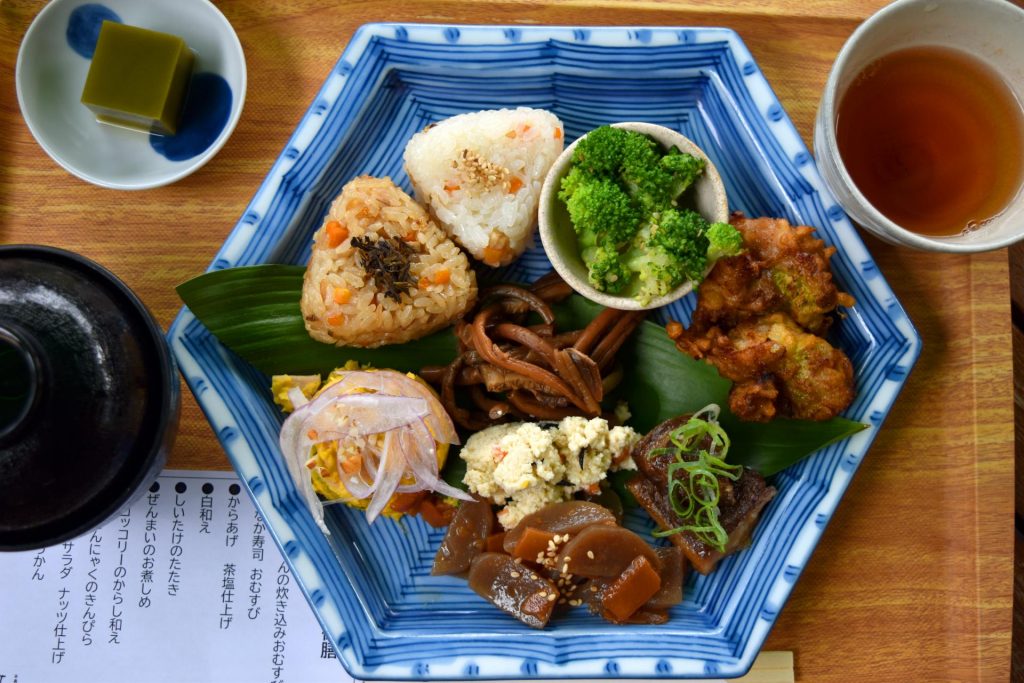
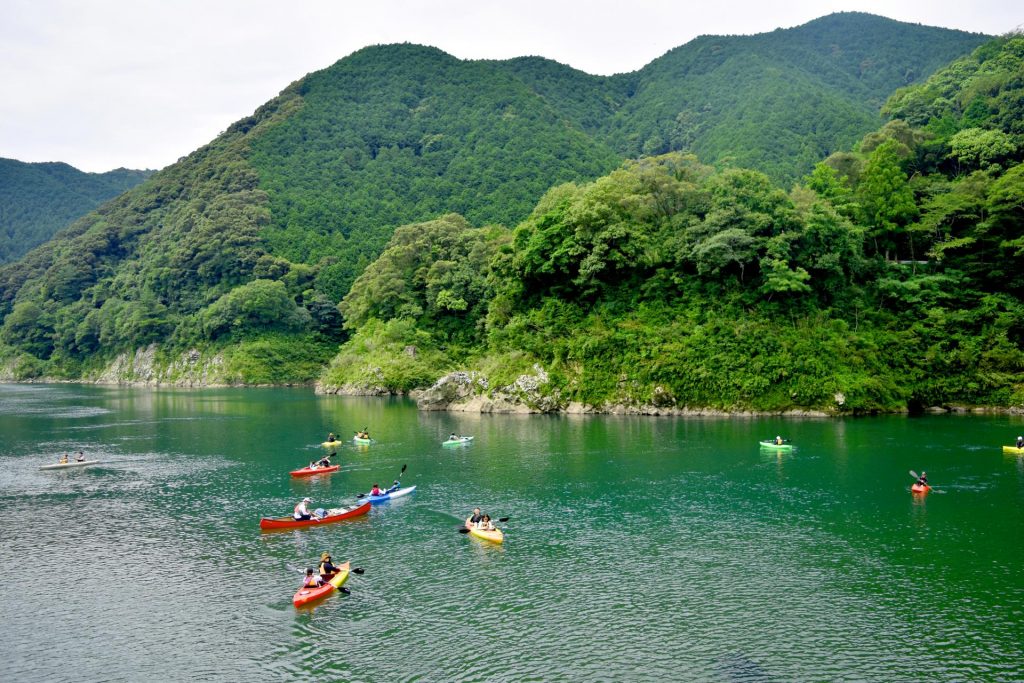
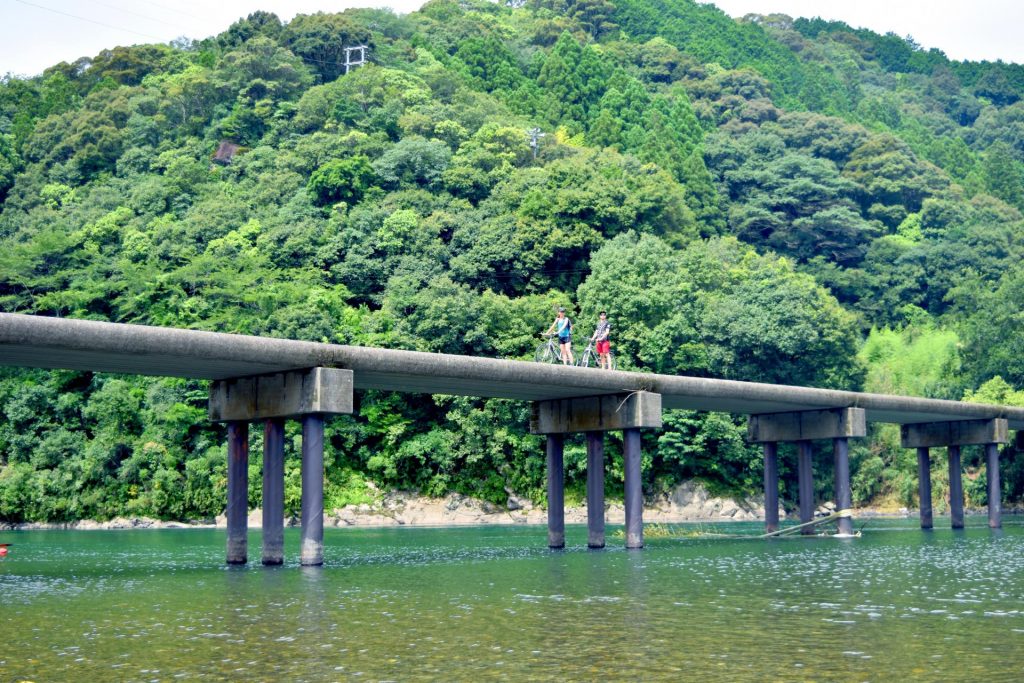
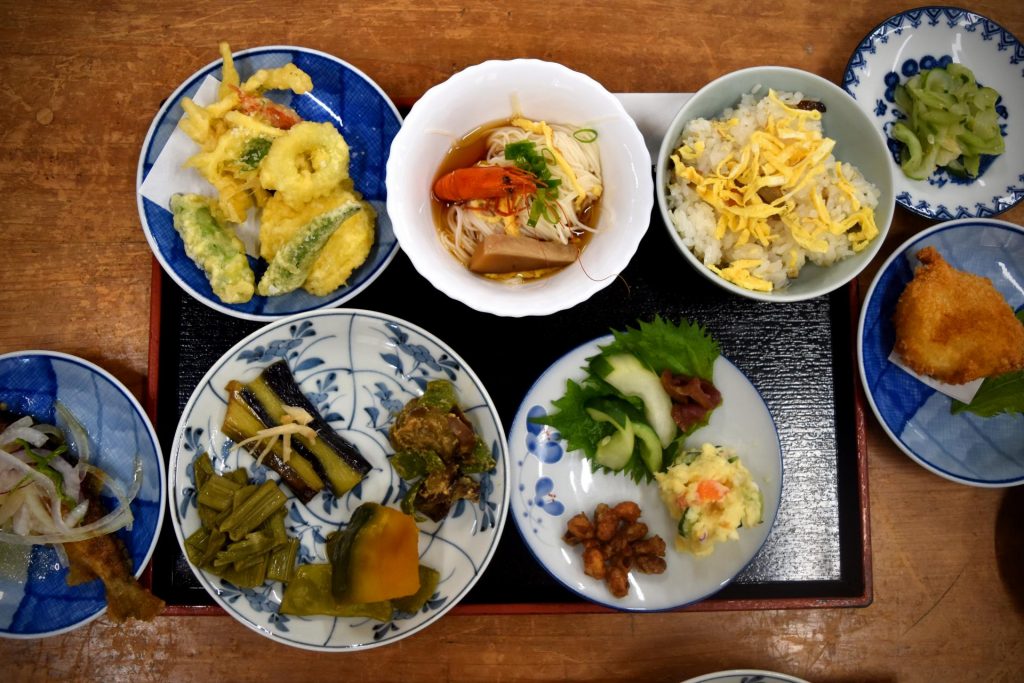
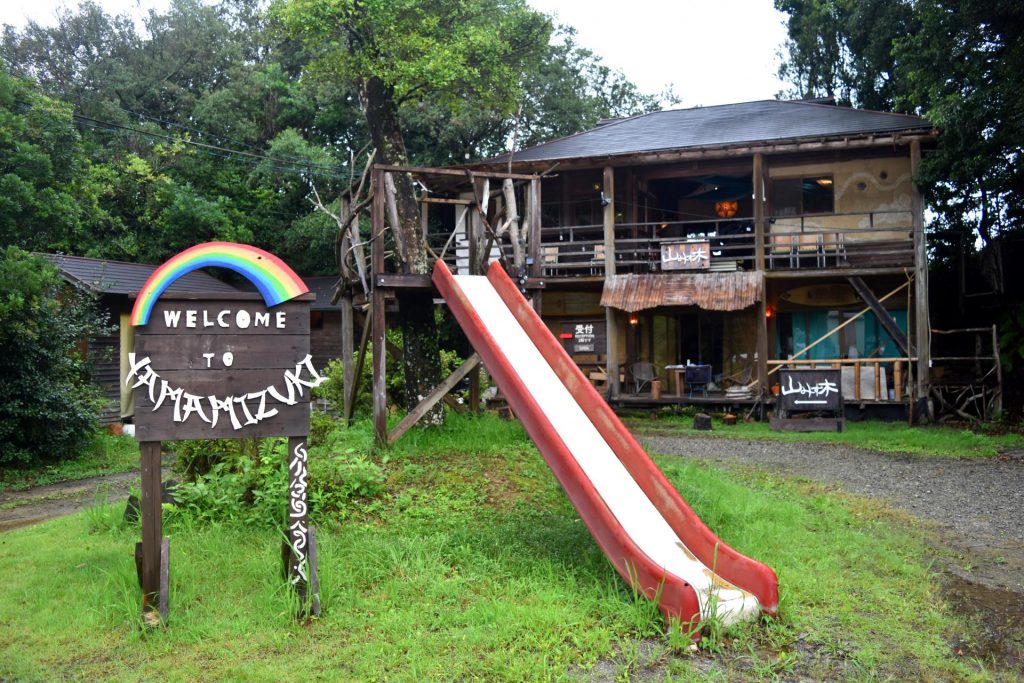

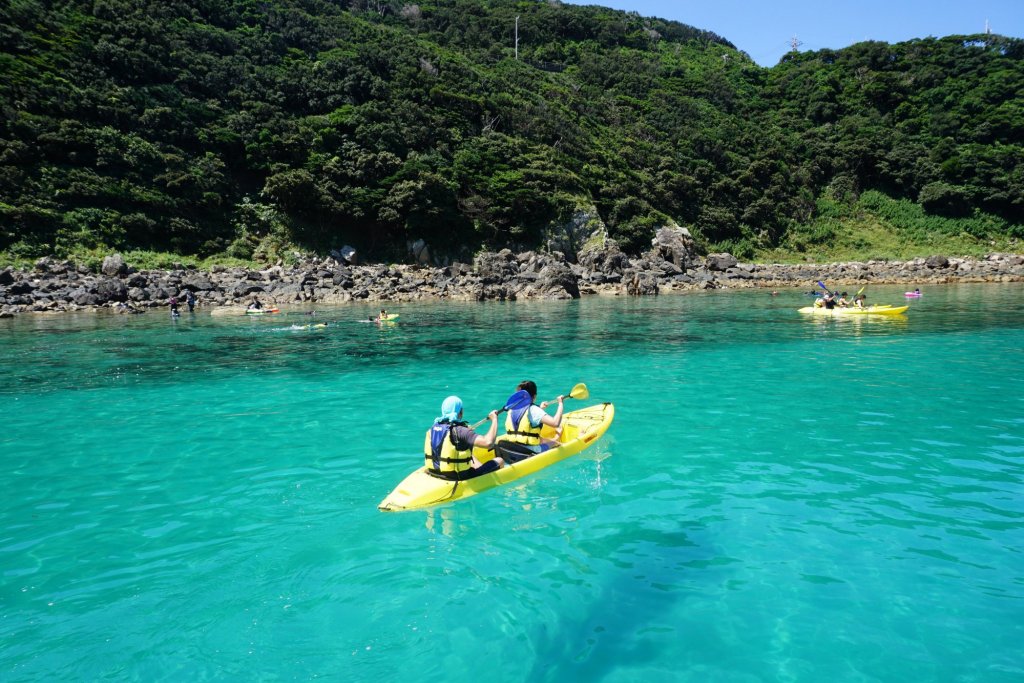
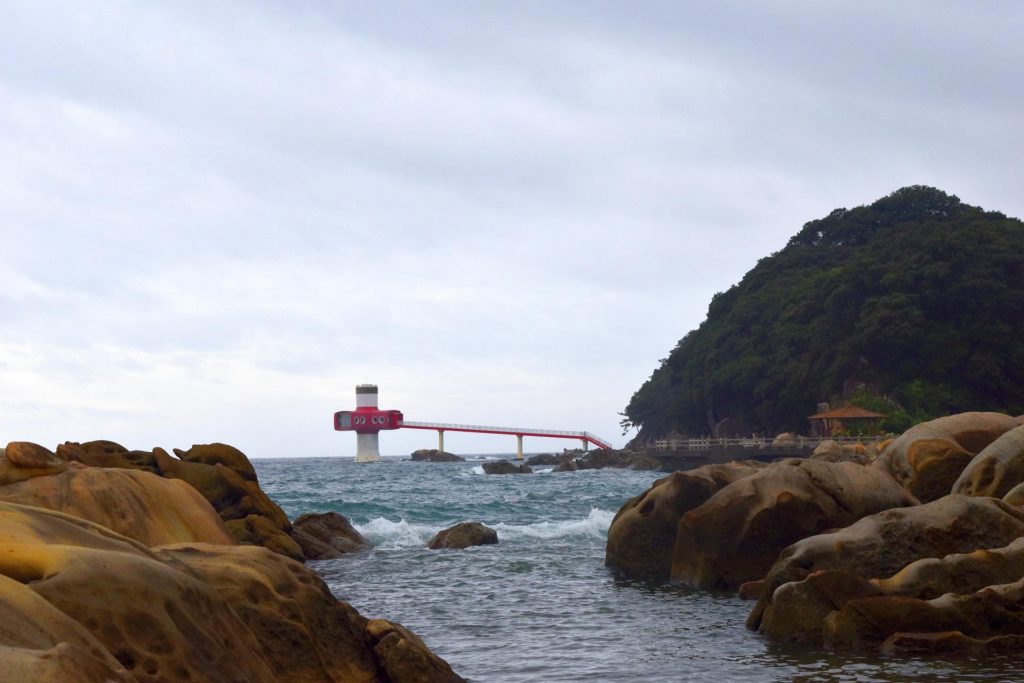
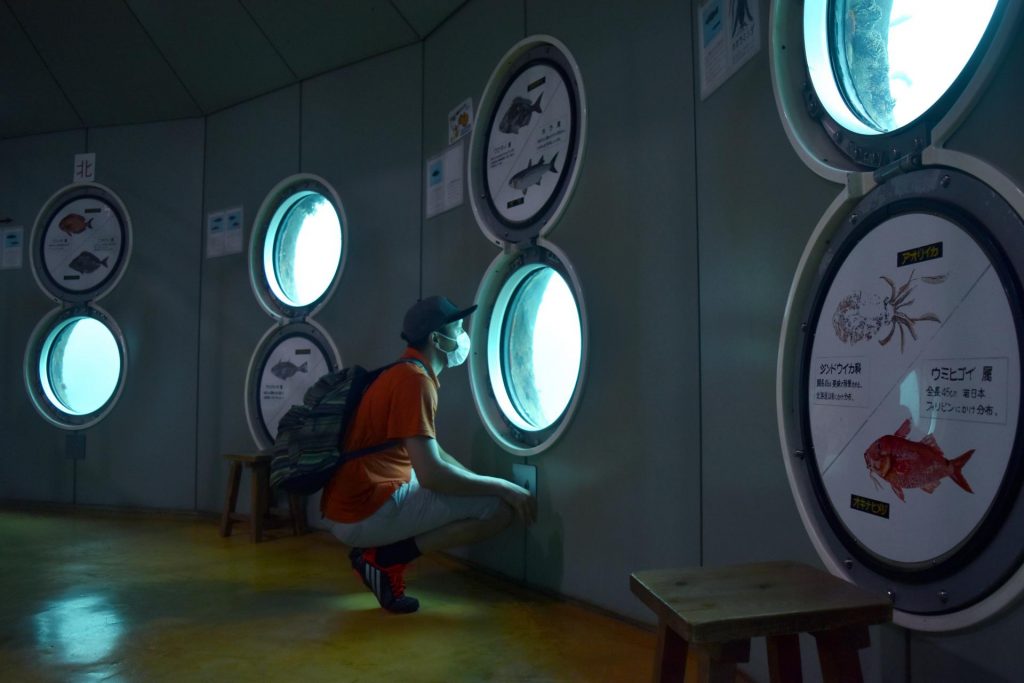
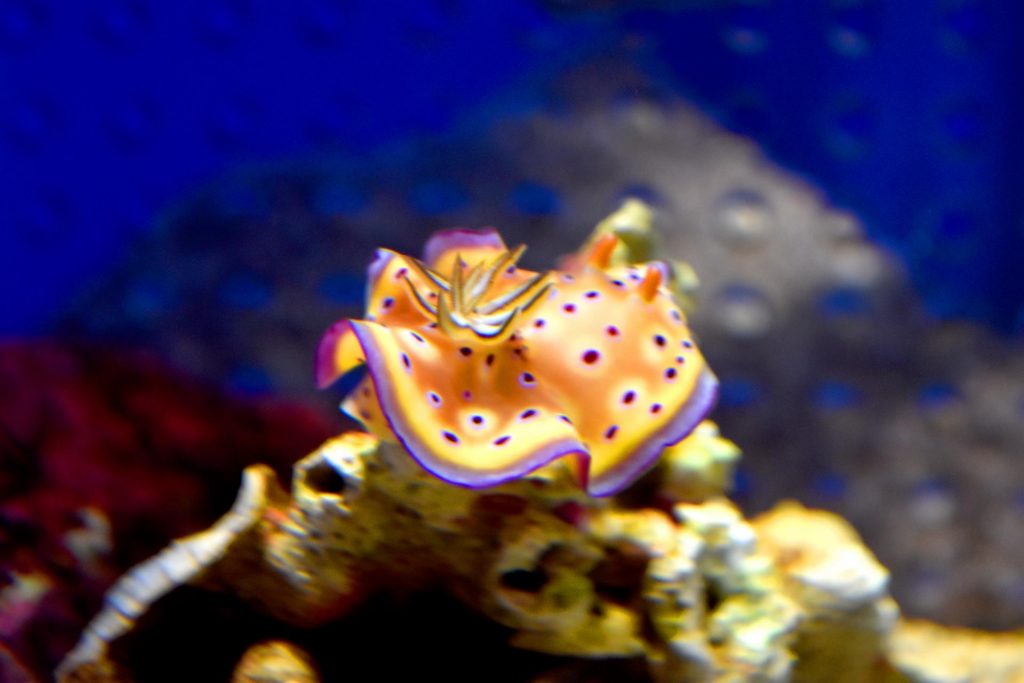
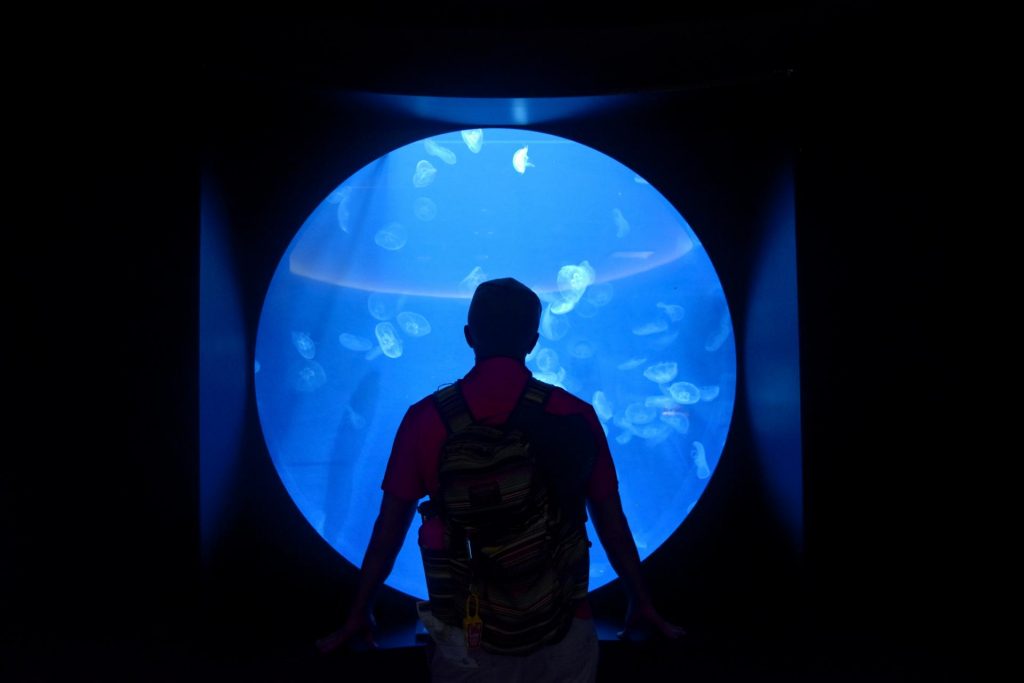
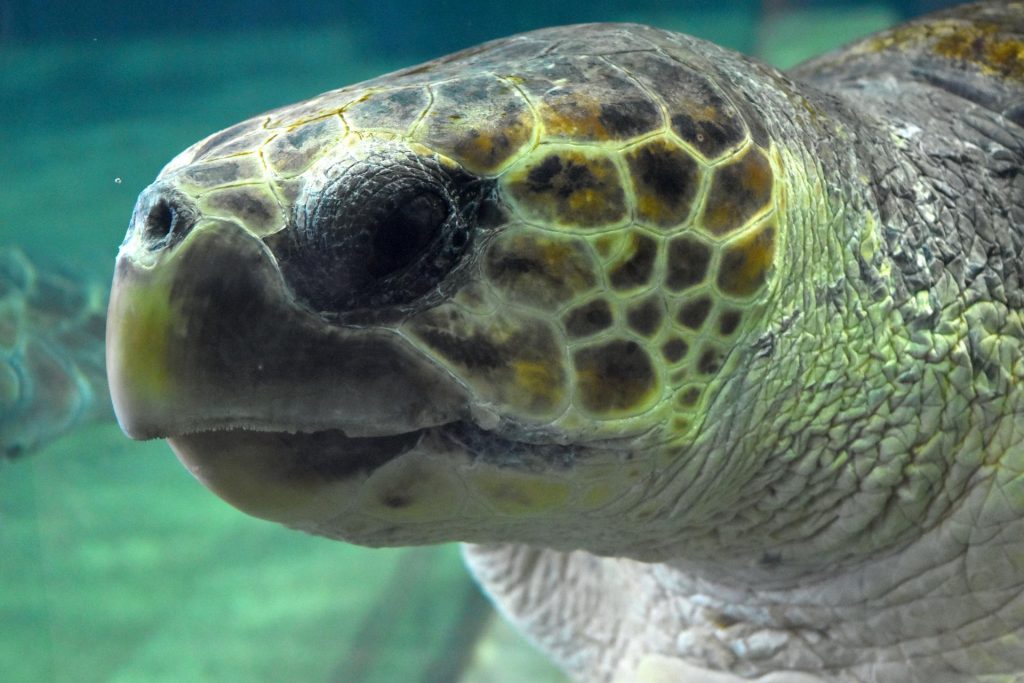
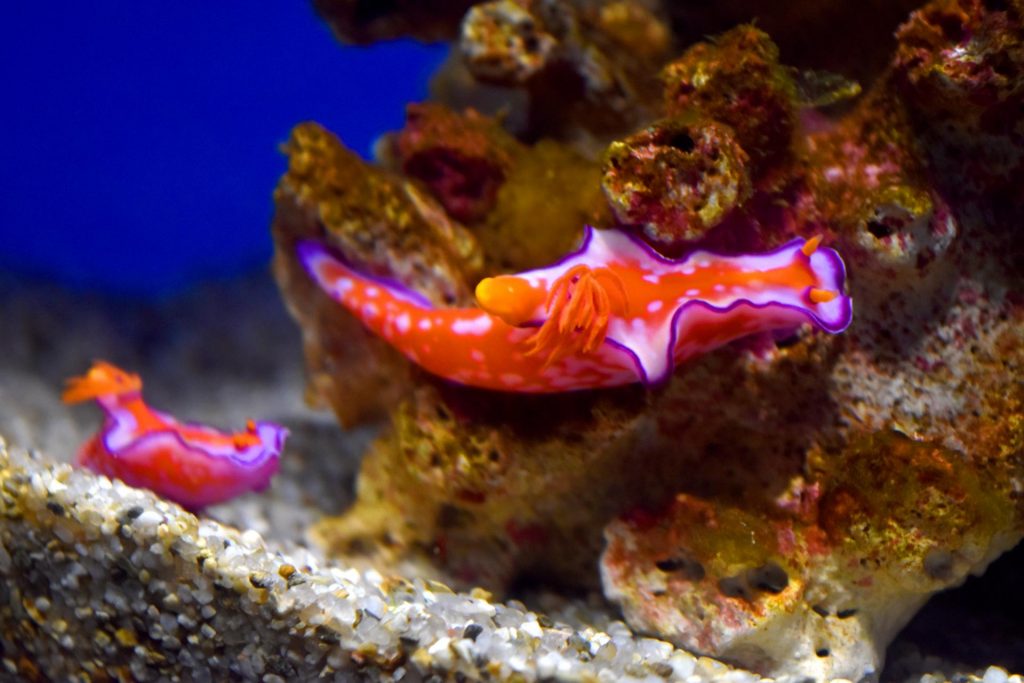

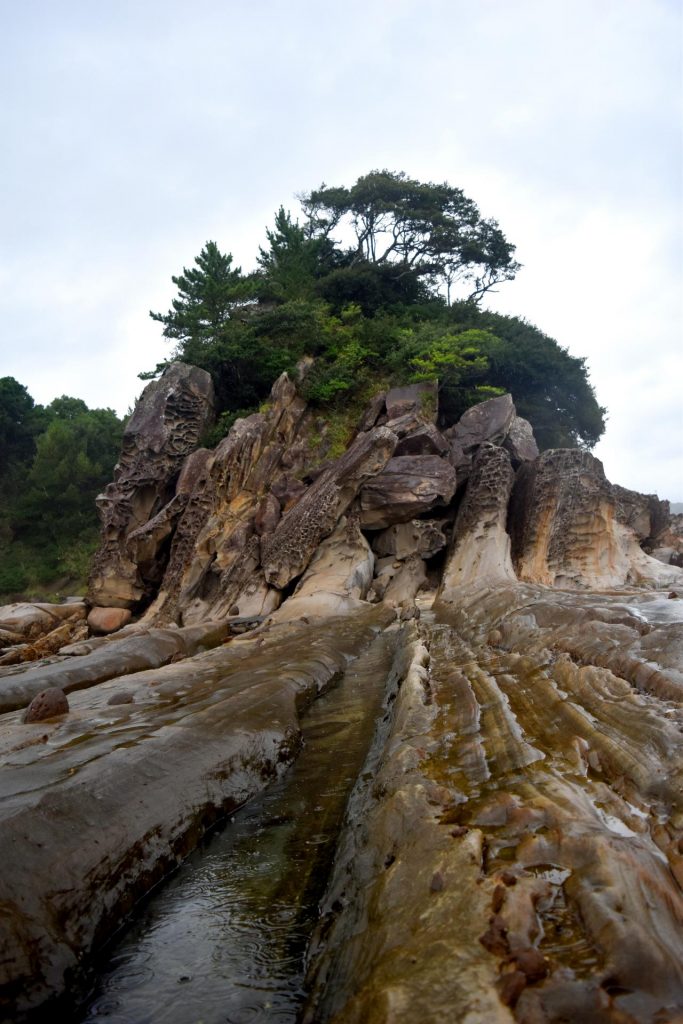
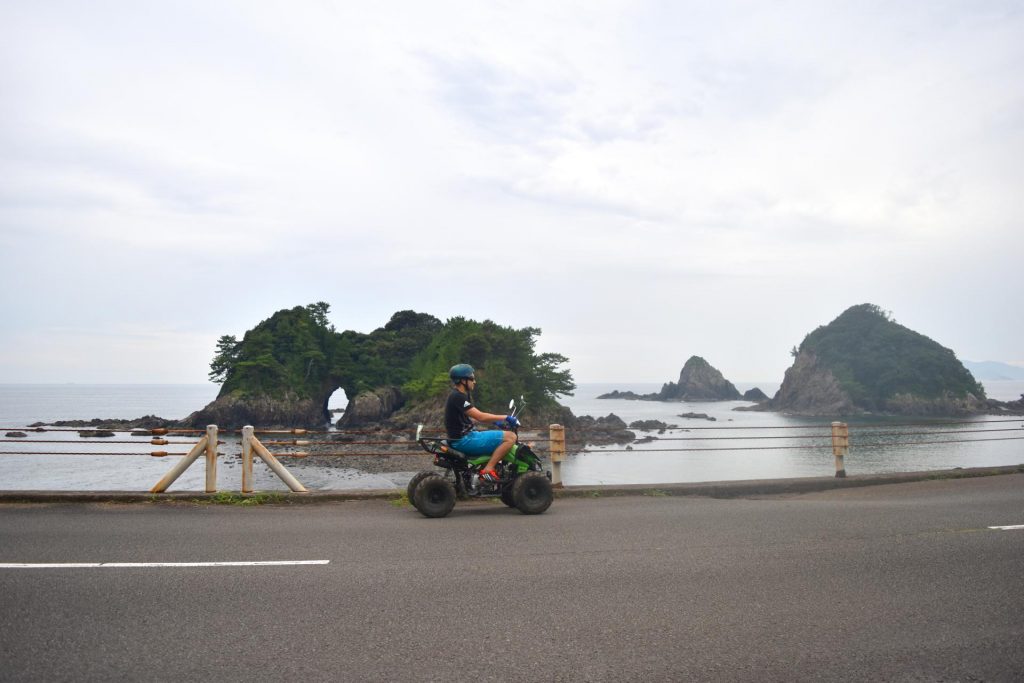
I want to go there how can I book it , currently I am living in kochi and would like to go around 25 dec 2020 . Pls help